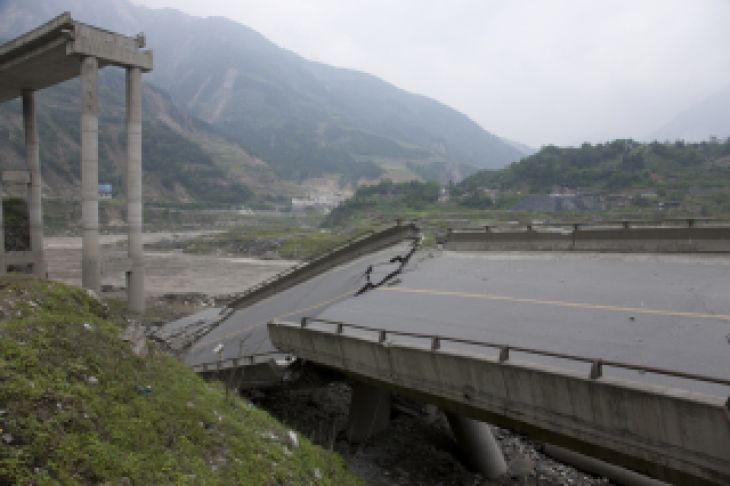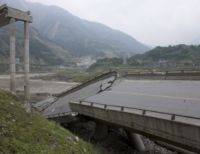Researchers from McGill University have developed a more efficient way to assess how likely a bridge is to be damaged in an earthquake. The information could help authorities prioritize infrastructure for upgrading and improve emergency response plans.
In a study published in Earthquake Engineering & Structural Dynamics, researchers zero in on a critical tool called the seismic fragility model. Until now, creating these models required hundreds of thousands of simulations, making the process slow and costly. The new method, which combines statistical techniques and artificial intelligence, requires only 70 simulations.
By using advanced techniques, the researchers created a smarter, faster way to assess earthquake risk. These new models can even adapt automatically if new types of bridges are added to the study, ensuring up-to-date safety evaluations.
The new models could integrated into systems that create detailed risk maps, helping officials plan better emergency routes and prioritize which bridges need strengthening. This will be crucial in earthquake-prone areas, enabling quicker and more effective responses during a crisis.
“The results are essential for safeguarding the bridge infrastructure in seismic regions around the globe. They will enable decision-makers to identify emergency traffic routes for first responders to better prepare, plan for and react to the forthcoming strong earthquake,” said Yazhou Xie, lead author and Assistant Professor in the Department of Civil Engineering.
The study's findings may also help determine how the performance of individual bridges would affect the overall transportation network after an earthquake. This insight could help policy-makers make informed decisions about how to enhance the resilience of cities facing seismic threats.
About the study
Enabling efficient regional seismic fragility assessment of multi-component bridge portfolios through Gaussian process regression and active learning by Chunxiao Ning, Yazhou Xie, Henry Burton, Jamie E. Padgett was published in Earthquake Engineering & Structural Dynamics.
















